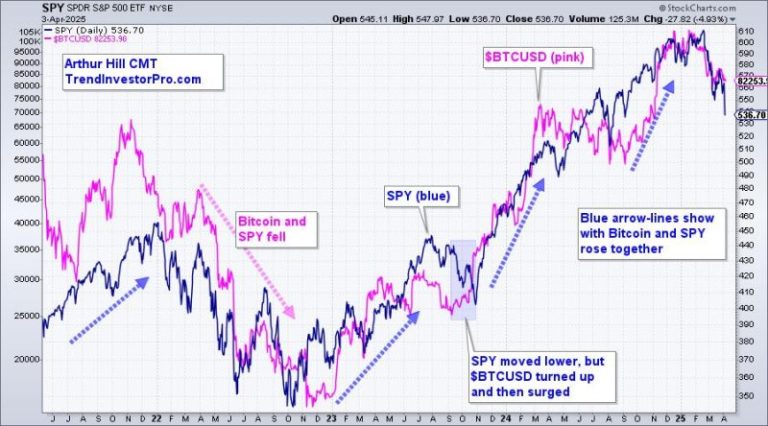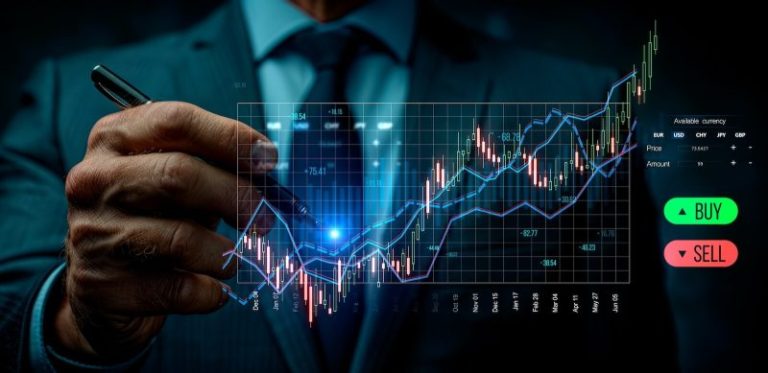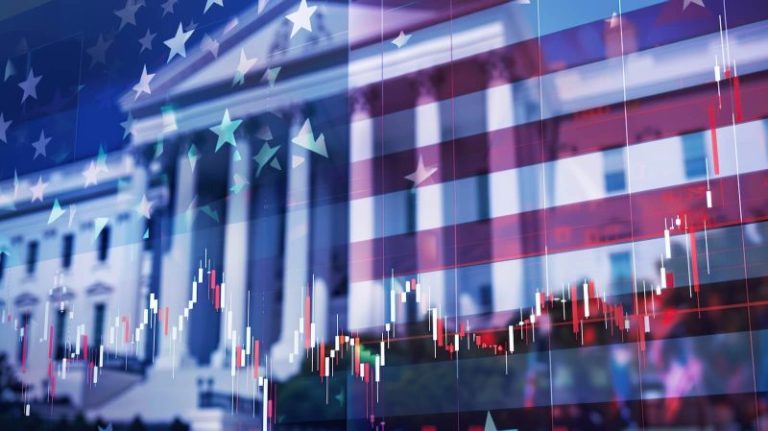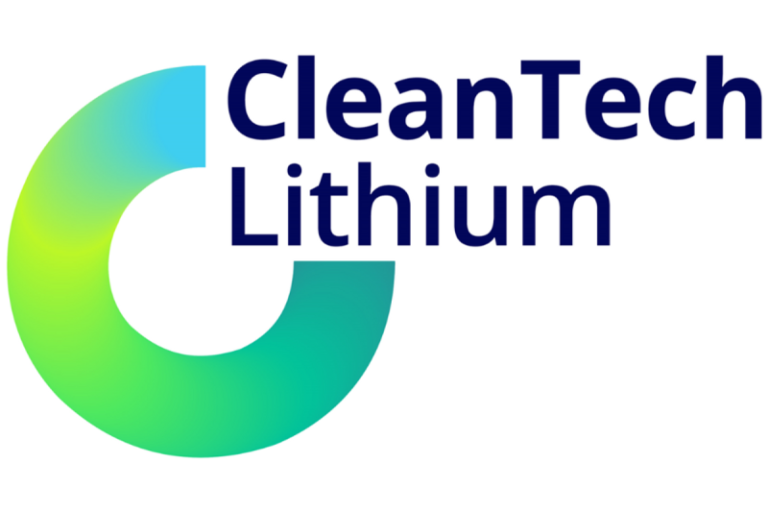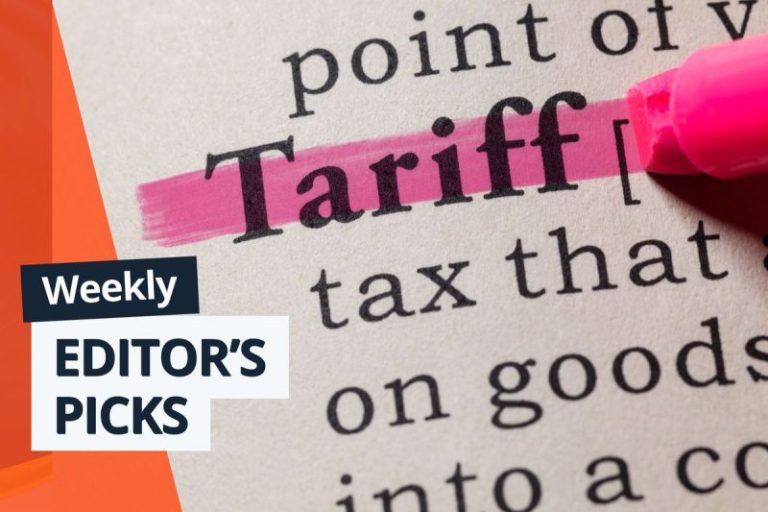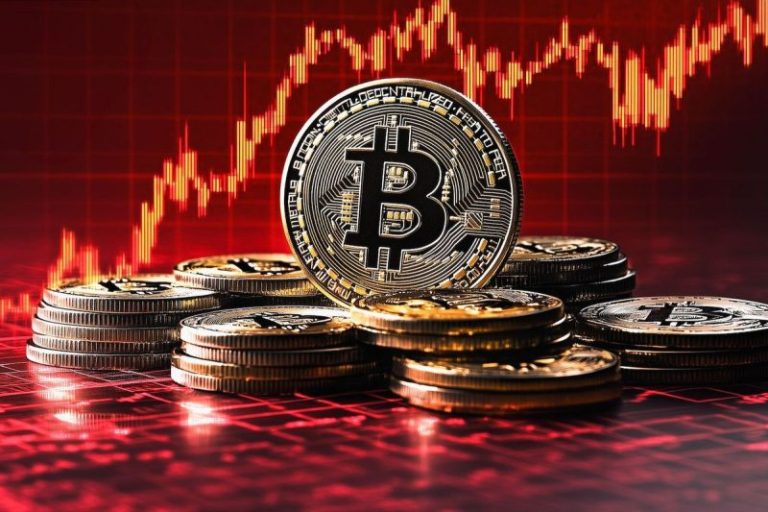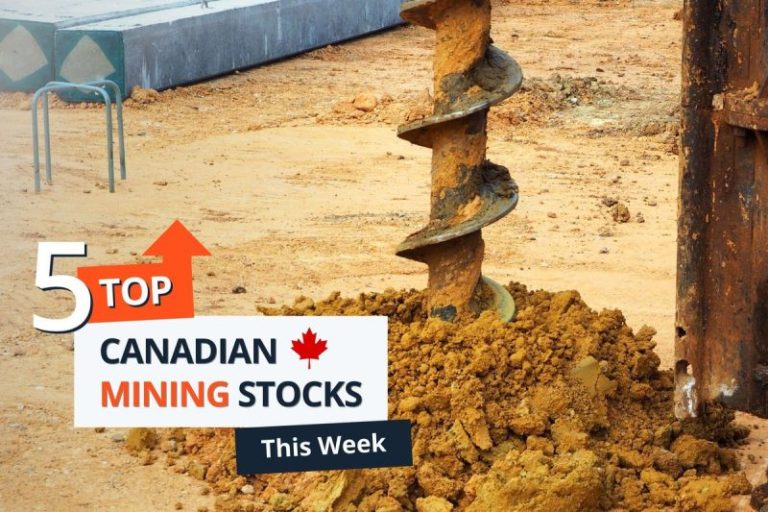US President Donald Trump announced a sweeping round of tariffs on Wednesday (April 2). The tariffs included 10 percent to most countries along with more specific import fees directed at specific countries in an attempt to balance trade deficits.
Canada and Mexico were spared under the USMCA deal signed by Trump in 2019, with the exception of non-USMCA-compliant vehicles, which were subject to a 25 percent tariff. This sparked a similar 25 percent retaliatory tariff from Canada.
The uncertainty over the application of tariffs caused some automakers, like Ford (NYSE:F) and Stellantis (NYSE:STLA), to announce family pricing to encourage consumers to make purchases before car prices rise. Stellantis also halted production at plants in Canada and Mexico and temporarily laid off 900 workers.
Statistics Canada released its March jobs report on Friday (April 4). Its data showed that Canada’s labor market lost 33,000 jobs during the month.
The most significant decline occurred in wholesale and retail trade, which shed 29,000 jobs, followed by information, culture and recreation, which dropped by 20,000. Meanwhile, personal and repair services added 12,000 new positions, while utilities gained 4,200 workers. Overall, the unemployment rate climbed 0.1 percent to 6.7 percent.
South of the border, the US Bureau of Labor Statistics announced a significant increase in the non-farm payroll in March.
The report indicated that the US added 228,000 jobs to the economy, significantly higher than the 117,000 jobs added in February and the 140,000 expected by economists.
The largest gains in employment occurred in the healthcare sector, which added 54,000 new jobs, while both the social assistance and retail sectors contributed 24,000 jobs each.
The report also indicated a further decline of 4,000 jobs in the federal government, following a loss of 11,000 in February. Mass layoffs of federal employees by the Elon Musk’s DOGE are not yet fully reflected in the jobs data. Many of the over 280,000 employees whose jobs are being cut are currently on administrative leave or accepted severance deals, Bloomberg reports, meaning the bureau still counts them as employed.
The unemployment rate and participation rate held steady at 4.2 and 62.5 percent respectively.
Markets and commodities react
Global equity markets were in steep decline following the Trump administration’s tariff announcements on Wednesday.
In Canada, The S&P/TSX Composite Index (INDEXTSI:OSPTX) fell 5.67 percent during the week to close at 23,277.79 on Friday, the S&P/TSX Venture Composite Index (INDEXTSI:JX) decreased 8.31 percent to 575.91 and the CSE Composite Index (CSE:CSECOMP) dropped 9.23 percent to 108.95.
US equity markets did not fare any better, with the S&P 500 (INDEXSP:INX) losing 8.21 percent to close at 5,074.09, the Nasdaq 100 (INDEXNASDAQ:NDX) dropping 7.36 percent to 17,570.21 and the Dow Jones Industrial Average (INDEXDJX:.DJI) shedding 7.41 percent to 38,314.85.
Precious metals also closed the week in the red. Although the gold price briefly hitting a new high of US$3,167.71 per ounce on Wednesday, it plunged on Friday to close the week down 1.56 percent at US$3,038.04. The silver price declined sharply, losing 12.92 percent during the period to US$29.69.
In base metals, the COMEX copper price plunged 14.17 percent over the week to US$4.42 per pound. Meanwhile, the S&P GSCI (INDEXSP:SPGSCI) lost 6.75 percent to close at 522.69.
Top Canadian mining stocks this week
So how did mining stocks perform against this backdrop? We break down this week’s five best-performing Canadian mining stocks below.
Stock data for this article was retrieved at 4:00 p.m. EDT on Friday using TradingView’s stock screener. Only companies trading on the TSX, TSXV and CSE with market capitalizations greater than C$10 million are included. Companies within the non-energy minerals and energy minerals sectors were considered.
1. Euro Manganese (TSXV:EMN)
Weekly gain: 81.82 percent
Market cap: C$40.27 million
Share price: C$0.50
Euro Manganese is a manganese development company working to advance its Chvaletice waste recycling project. The operation is focused on extracting manganese from tailings that are part of a decommissioned mine site near Prague, Czechia. As part of the project’s scope, the company says it will carry out remediation and reclamation work to bring the site into compliance with environmental regulations.
A 2022 feasibility study for the Chvaletice project indicates that it will produce 48,000 metric tons of manganese per year and is expected to have a project life of 25 years. In the study, the company reports a post-tax net present value of US$1.3 billion with an internal rate of return of 22 percent and a payback period of 4 years.
The latest project news was announced on March 25, when Euro revealed that Chvaletice had been designated a strategic project under the European Union’s Critical Raw Materials Act. According to the terms of the act, the project will gain access to both private and public funding opportunities, as well as a more streamlined permitting process.
Shares in Euro experienced significant gains this week after the company announced on March 30 that it would proceed with a share consolidation at a ratio of five to one. The consolidation occurred on Monday (March 31), reducing the number of common shares to 80.53 million from 402.67 million, and post-consolidation shares began trading on April 2.
The company also announced on April 1 that it would be upsizing a financing round up to C$11.2 million and would include a C$3 million private placement with former Sprott (TSX:SII,NYSE:SII) Chairman Eric Sprott. Proceeds generated from the financing will be used to support development at Chvaletice.
2. DLP Resources (TSXV:DLP)
Weekly gain: 60 percent
Market cap: C$61.08 million
Share price: C$0.44
DLP Resources is a mineral exploration company focused on advancing its flagship Aurora copper-molybdenum project in Peru.
The 8,500 hectare site is located in the Central Andes. Exploration work has been performed at the site since the early 2000s, with DLP conducting drill programs in 2023 and 2024.
Shares in DLP have been rising since the release of a technical report for Aurora on February 27, which included a maiden mineral resource estimate with significant copper and molybdenum spread over two zones.
The inferred resource totals 1.05 billion metric tons of ore containing 4.65 billion pounds of copper, 1.1 billion pounds of molybdenum and 80 million ounces of silver. The resource has average grades of 0.2 percent copper, 0.05 percent molybdenum and 2.4 grams per metric ton silver.
The company said it is pleased with the size and results of the report and will continue drilling the site to upgrade the resource ahead of a preliminary economic assessment.
DLP shares also got a boost this week after it released its Management’s Discussion and Analysis for the nine months ending January 31 on Tuesday. In the release, the company discussed its activity for the three-quarter period highlighting its recent mineral resource estimate as well as the completion of a non-brokered private placement in January for proceeds of C$1.36 million.
3. Noram Lithium (TSXV:NRM)
Weekly gain: 35 percent
Market cap: C$12.08 million
Share price: C$0.135
Noram Lithium is a lithium exploration and development company focused on the advancement of its Zeus lithium project in Nevada, US. The property, located near Clayton Valley, comprises 146 placer and 136 lode claims covering 1,133 hectares in a region with existing lithium brine operations since 1967. Noram has been exploring the site since 2016.
Its most recent update came on June 11, when the company released an updated mineral resource estimate, reporting an indicated resource of 564 million metric tons (MT) at a concentration of 956 parts per million (ppm), resulting in 2.9 million MT of contained lithium carbonate equivalent. Zeus’ inferred resource stands at 1.3 million MT of contained lithium carbonate equivalent from 287 million MT grading 861 ppm lithium.
Shares in Noram rose this week, but the company did not publish any news.
4. Maple Gold Mines (TSXV:MGM)
Weekly gain: 31.82 percent
Market cap: C$34.11 million
Share price: C$0.07
Maple Gold Mines is a gold exploration company focused on the advancement of its Douay and Joutel projects located in the Abitibi Greenstone Belt in Québec, Canada.
The Douay project covers an area of 357 square kilometers. In a 2022 technical report, the company said the site hosts an indicated resource of 511,000 ounces of gold from 10 million metric tons with an average grade of 1.59 grams per metric ton (g/t) gold, with an additional inferred resource of 2.53 million ounces from 76.7 million metric tons at 1.02 g/t.
The Joutel project covers an area of 39 square kilometers and is located directly south of Douay. The site hosts Agnico Eagle’s (TSX:AEM,NYSE:AEM) past-producing Eagle-Telbel gold mine, which operated from 1974 to 1993. To date, the company has used 250,000 meters of historic drill results to create 3D models to aid in current exploration efforts.
The most recent news from the project came on Thursday when Maple announced recent exploration at Douay’s Nika zone produced a broad mineralized interval of 2.05 g/t gold over 108.6 meters, which included an intersection of 4.93 g/t over 17 meters, from a vertical depth of 490 meters.
The company said the results build on previously identified mineralization from shallower depths and defines a new high-grade, bulk-tonnage target that remains open in multiple directions.
5. Stillwater Critical Minerals (TSXV:PGE)
Weekly gain: 25 percent
Market cap: C$38.43 million
Share price: C$0.15
Stillwater Critical Minerals is an exploration company focused on advancing its flagship Stillwater West project in Montana, United States.
The brownfield project hosts several multi-kilometer exploration targets with known mineralization deposits of nickel, copper, cobalt, platinum group metals and gold.
A mineral resource estimate included in a January 2023 technical report demonstrated an inferred estimate of 1.05 million pounds of nickel, 499 million pounds of copper, 91 million pounds of cobalt, and a combined 3.811 million ounces of platinum group metals and gold from 254.8 million metric tons of ore with a nickel equivalent cut-off grade of 0.2 percent.
The most recent news from the project came on March 26 when Stillwater reported it had identified multiple large-scale targets from its 2024 geophysical survey. The company said the survey improved the resolution of known targets while identifying unknown targets occurring near surface to a depth of 1.5 kilometers.
Shares have also been bolstered by the recent executive order from President Trump that will help to speed up project permitting for critical mineral projects.
In an announcement on March 24, Stillwater President and CEO Michael Rowley commented, “The order also makes a point of listing copper and gold. This is very relevant to Stillwater because we have a very large polymetallic resource that positions us with a substantial copper inventory and the largest nickel project in an active US mining district.”
FAQs for Canadian mining stocks
What is the difference between the TSX and TSXV?
The TSX, or Toronto Stock Exchange, is used by senior companies with larger market caps, and the TSXV, or TSX Venture Exchange, is used by smaller-cap companies. Companies listed on the TSXV can graduate to the senior exchange.
How many companies are listed on the TSXV?
As of June 2024, there were 1,630 companies listed on the TSXV, 925 of which were mining companies. Comparatively, the TSX was home to 1,806 companies, with 188 of those being mining companies.
Together the TSX and TSXV host around 40 percent of the world’s public mining companies.
How much does it cost to list on the TSXV?
There are a variety of different fees that companies must pay to list on the TSXV, and according to the exchange, they can vary based on the transaction’s nature and complexity. The listing fee alone will most likely cost between C$10,000 to C$70,000. Accounting and auditing fees could rack up between C$25,000 and C$100,000, while legal fees are expected to be over C$75,000 and an underwriters’ commission may hit up to 12 percent.
The exchange lists a handful of other fees and expenses companies can expect, including but not limited to security commission and transfer agency fees, investor relations costs and director and officer liability insurance.
These are all just for the initial listing, of course. There are ongoing expenses once companies are trading, such as sustaining fees and additional listing fees, plus the costs associated with filing regular reports.
How do you trade on the TSXV?
Investors can trade on the TSXV the way they would trade stocks on any exchange. This means they can use a stock broker or an individual investment account to buy and sell shares of TSXV-listed companies during the exchange’s trading hours.
Article by Dean Belder; FAQs by Lauren Kelly.
Securities Disclosure: I, Dean Belder, hold no direct investment interest in any company mentioned in this article.
Securities Disclosure: I, Lauren Kelly, hold no direct investment interest in any company mentioned in this article.
This post appeared first on investingnews.com

